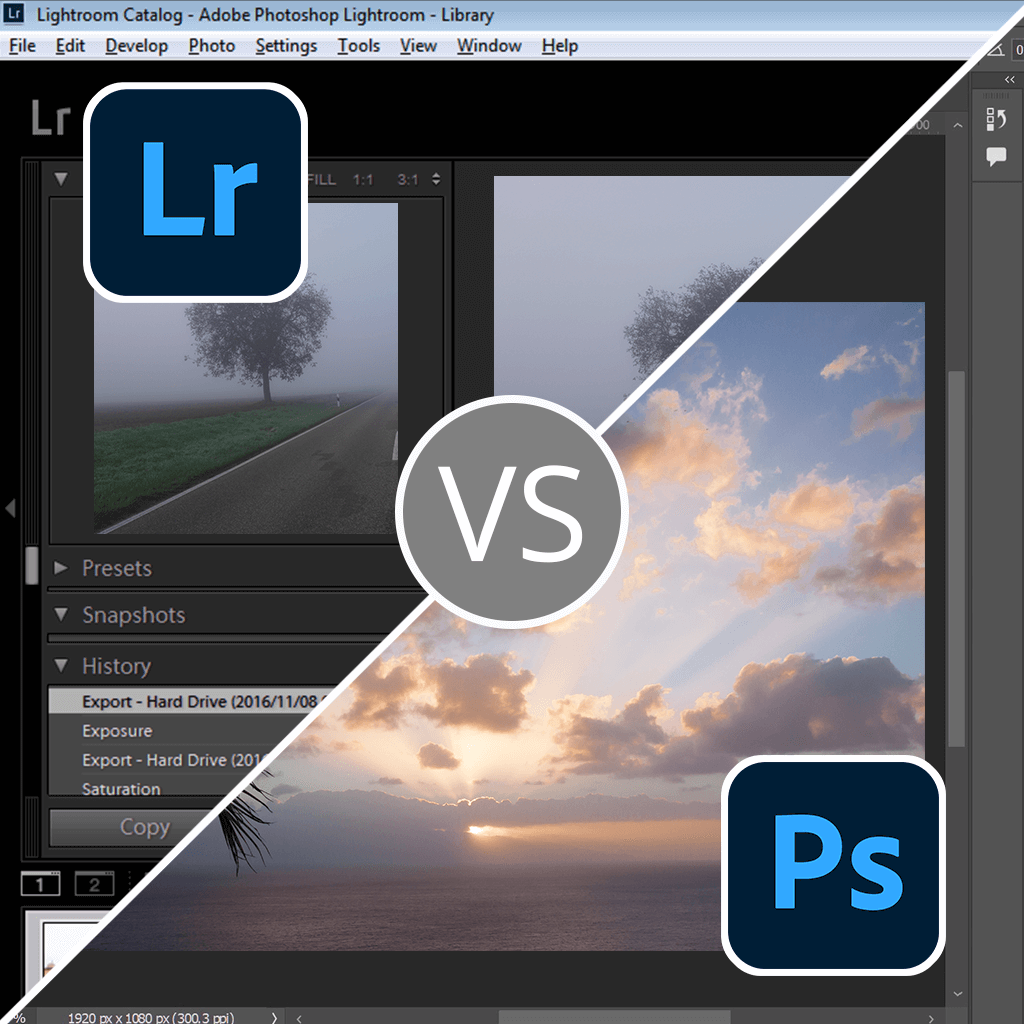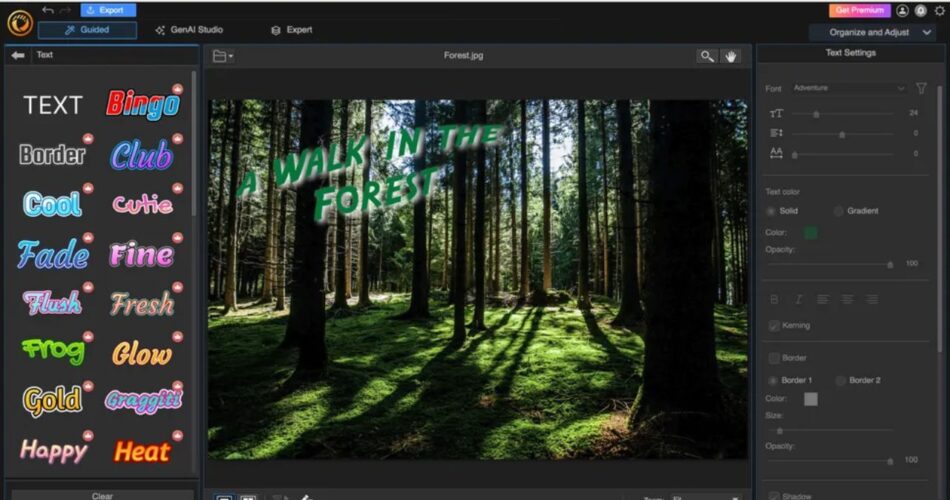Photo editing is more than just adjusting brightness or adding filters it’s an essential part of photography that gives life to images. In 2025, editors and creators have access to advanced AI tools, faster software, and powerful editing platforms.dob
How long it takes to become a professional photo editor while also reviewing the top editing tools available in 2025.
- How Long Does It Take to Become a Professional Photography Editor?
- Why Is Professional Photo Editing in High Demand?
- Best Photo Editors of 2025: A Quick Comparison
- Which Photo Editor Should Beginners Start With?
- Why Do Professionals Prefer Photoshop and Lightroom?
- How Much Time Should You Practice Photo Editing Daily?
- Tips to Become a Professional Photo Editor Faster
- Is AI Changing the Future of Photo Editing?
- Final Thoughts
- Frequently Asked Questions (FAQs)
How Long Does It Take to Become a Professional Photography Editor?
Becoming a professional photo editor is a journey that requires patience, practice, and persistence. While some people may pick up the basics within a few months, true expertise takes longer. The timeline varies depending on the amount of practice and the software you use.
On average, it takes 1,2 years to become highly skilled. Beginners may start editing within months, but professionals need advanced knowledge of tools like Photoshop, Lightroom, and AI-driven applications. With dedication, anyone can reach that level.
Why Is Professional Photo Editing in High Demand?

In today’s digital first world, edited photos dominate social media, advertising, and e, commerce. Businesses and creators want polished visuals that stand out and capture attention. This creates a growing demand for skilled photo editors worldwide.
With billions of photos uploaded daily, industries rely on professionals who can edit with precision. Whether it’s retouching for fashion, product photography for e, commerce, or editing wedding albums, editors are in high demand in 2025.
Best Photo Editors of 2025: A Quick Comparison

Choosing the right photo editor depends on your goals. Some tools are designed for professionals with years of experience, while others make editing easier for beginners. The 2025 lineup includes powerful AI driven tools and budget friendly options for every type of creator.
Below is a quick comparison of the leading photo editors available today:
| Software | Best For | AI Features | Price (2025) | Learning Curve |
|---|---|---|---|---|
| Adobe Photoshop 2025 | Professionals & Creative Retouching | Generative Fill, AI Selection | $22.99/month | Steep |
| Lightroom Classic 2025 | Photographers | AI Masking, Presets | $11.99/month | Moderate |
| Affinity Photo 2 | Budget-friendly | Non-destructive editing | $69 one-time | Moderate |
| Luminar Neo | Beginners & AI lovers | AI Sky Replace, Relight | $99/year | Easy |
| Canva Pro 2025 | Quick social content | AI Background Remover | $12.99/month | Easy |
Which Photo Editor Should Beginners Start With?
Beginners often feel overwhelmed by professional tools, but the right software makes learning enjoyable. AI based platforms like Luminar Neo and Canva Pro are designed to simplify editing, making them perfect for newcomers.
These programs come with ready-made filters, one click enhancements, and automated features. They allow you to focus on creativity rather than technical struggles, giving you a strong start in photo editing.
Why Do Professionals Prefer Photoshop and Lightroom?

Professionals need flexibility, precision, and advanced controls. This is why Photoshop and Lightroom remain the top choices for most experts. Photoshop offers unmatched tools for detailed editing, while Lightroom is perfect for handling large collections of photos.
A recent Adobe survey found that 80% of professional photographers use Photoshop and Lightroom as their primary editing platforms. Together, they form the industry standard for professional photo editing in 2025.
How Much Time Should You Practice Photo Editing Daily?
Practice is the only way to master editing. A consistent routine helps you understand tools better and develop a personal style. Even small daily sessions can build your confidence over time.
For beginners, 1 hour a day is enough to start. If you want to become professional, aim for 2 4 hours daily. The more you practice, the faster you’ll reach advanced levels and start working on client projects.
Tips to Become a Professional Photo Editor Faster
Learning photo editing doesn’t have to be slow or difficult. With the right resources, you can fast-track your progress. Free tutorials, online communities, and structured courses make the journey easier.
Experimenting with real world photos and feedback from other editors can also speed up learning. Adding AI tools to your workflow reduces repetitive tasks, letting you focus on creativity.
Is AI Changing the Future of Photo Editing?
AI is revolutionizing editing by saving time and automating complex processes. Tools like Photoshop’s Generative Fill and Luminar’s Relight AI make tasks like removing objects or adjusting lighting faster than ever.
Still, AI is not a replacement for creativity. Professional editors bring unique styles, storytelling, and artistic vision something AI cannot fully replicate. The future belongs to editors who can combine AI efficiency with creative mastery.
Final Thoughts
Becoming a professional editor is a long but rewarding journey. With dedication and the right tools, you can go from beginner to professional in 12,24 months. AI powered editors are making this easier, but true mastery requires consistent practice.
Whether you choose Photoshop, Lightroom, or AI-friendly apps like Luminar, the goal is the same: create photos that tell a story and capture attention. Photo editing is not just a skill in 2025, it’s a high demand career path.
Frequently Asked Questions (FAQs)
Q1. How long does it take to become a professional photo editor?
On average, it takes 1,2 years of consistent practice and learning to reach a professional level. Beginners may start basic editing within 3,6 months.
Q2. Which is the best photo editor for beginners in 2025?
Luminar Neo and Canva Pro are great for beginners because they use AI to simplify editing tasks.
Q3. What software do professional photographers use?
Most professionals use Adobe Photoshop and Lightroom, as they provide advanced controls and batch editing features.
Q4. Can AI replace human photo editors?
No. While AI helps speed up editing, it cannot replace creativity, style, and decision-making skills that human editors bring.
Q5. How much do professional photo editors earn?
Professional editors can earn anywhere between $20 to $75 per hour, depending on their skill level and type of projects.

